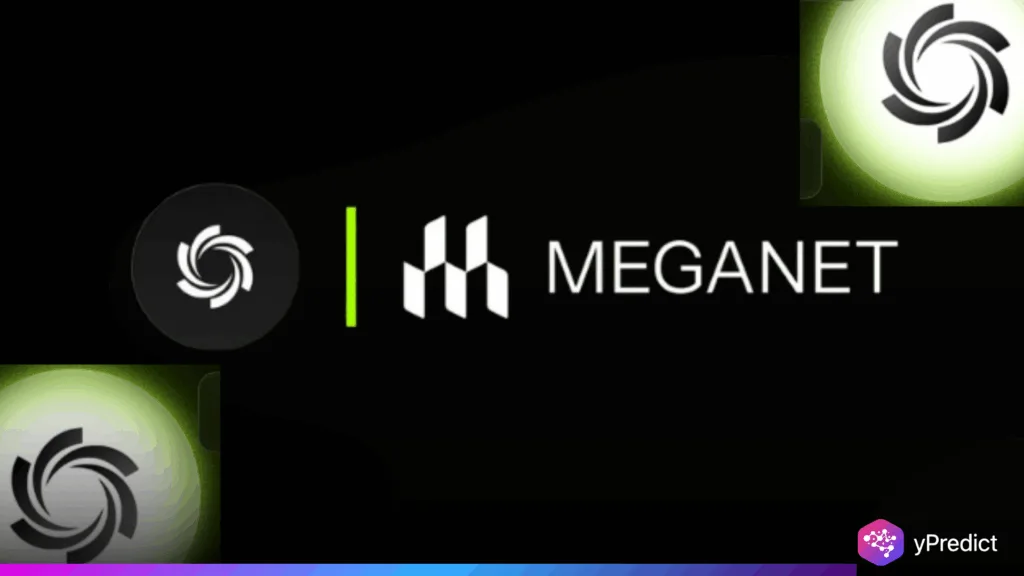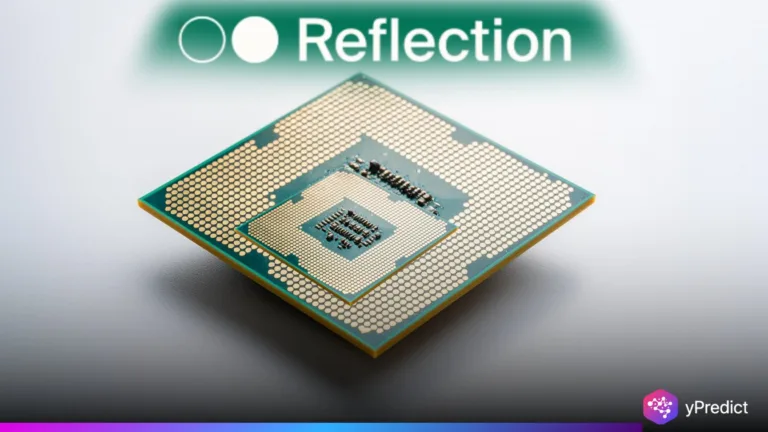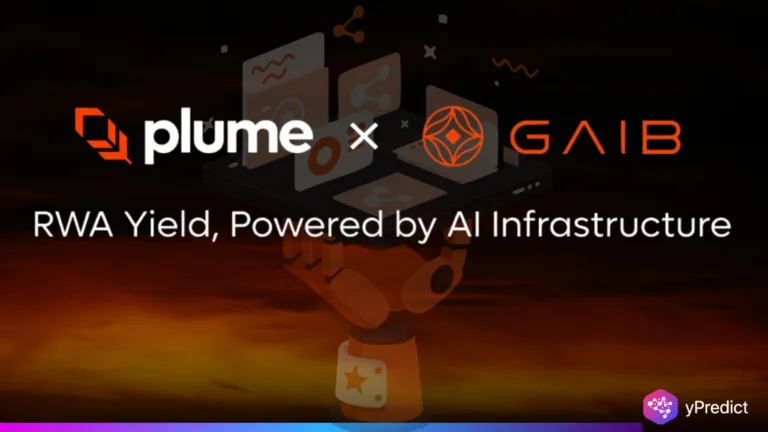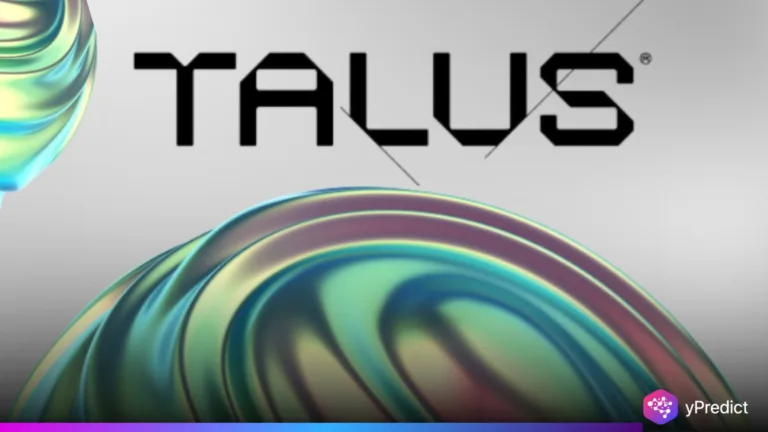
A new partnership is reimagining the AI and computing space. Ozak AI announced the launch of its collaboration with Meganet on October 3, 2025. The focus? Transforming Meganet’s 6.5 million active nodes into a distributed edge compute platform. Rather than depending solely on large cloud providers, Ozak AI’s predictive agents will operate on data throughout this distributed network. That might lower expenses, minimize delay, and increase the reach of financial intelligence. With more than 77,000 community members on board in only three weeks, Meganet brings scale and engagement. The two projects combined seek to make predictive AI swifter, more affordable, and more accessible.
Decentralized Compute Meets Predictive AI
Ozak AI makes predictive agents for finance. These agents sift through millions of pieces of instant, real-time data looking for patterns and trends. Historically, that processing occurs in centralized cloud data centers. That pattern is costly and occasionally sluggish.
Enter Meganet. It is a bandwidth-sharing network. They incentivize users to contribute idle capacity from personal computers, IoT devices, or even smartphones. With 6.5 million nodes, it can spill load. Instead of routing all requests back to the cloud, tasks execute near where the data is generated.
There are actual advantages to this edge compute model. An IEEE study in 2023 said systems like this could reduce AI processing expenses by as much as 40%. And since processing happens at the “edge,” latency falls as well. That implies predictive agents from Ozak AI might provide insights in near real time.
The strategy is reminiscent of Kim Dotcom’s initial “MegaNet” concept of converting unused assets into a worldwide web. Back then, it was theory. Now, with Meganet’s infrastructure, it’s beginning to appear tangible. For Ozak AI, this translates into better financial tools. For users, it means their idle bandwidth is finally worth something.
Economic and Community Impacts
Enterprise cloud market activity is dominated by the Big Three as AWS, Microsoft Azure, and Google Cloud collectively own more than 60% of the total global share. It was a $99 billion market in the second quarter of 2025. AI services in particular grew at almost triple-digit rates. But price is a sticking point.
That’s where Meganet could disrupt. If companies can reduce AI compute expenses by 40% on decentralized networks, the savings are massive. For Ozak AI customers in finance, each dollar saved on infrastructure can be reinvested in research or product expansion.
Meganet’s reward-based model also matters. Rather than resources only going to tech giants, regular users profit by sharing idle bandwidth. This creates opportunities for small businesses that couldn’t pay for enterprise AI compute. It changes the dynamic.
The community growth baits the hook. In just three weeks, Meganet registered 77,000 subscribers. Everyone wants in, particularly when they’re compensated personally. Ozak AI intends to engage this base in projects, potentially even crowdsourced data analysis. If it works, it might render financial AI more open and democratic than closed, top-down alternatives.
Conclusion
Ozak AI and Meganet’s partnership is a decentralized AI test case. By melding predictive analytics with millions of distributed nodes, the model might lower expenses and increase speed, as well as deflect control from centralized cloud firms. The community-first design also fosters trust, since users experience immediate gains for engagement. There are challenges to be sure— such as cobbling together a network of 6.5 million devices—but the path is evident. If they win, Ozak AI and Meganet could be the benchmark for AI platforms to come. It’s an object lesson that the greatest insights don’t necessarily emerge from the core, but rather from the periphery.






